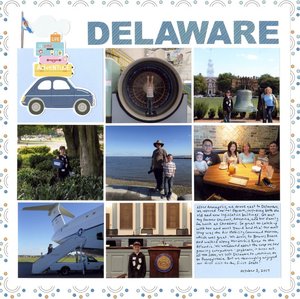It's been almost four years since I've pulled out the warming tray to do a crayon melt project. I'm surprised it's been that long, since it's one of my favorite techniques. I love the painterly effect it gives on these, each of which is an official state fruit.
Pears are the state fruit of Oregon.
Peaches are the state fruit of Alabama, Georgia and South Carolina. (Technically, peaches are Alabama's state tree fruit.)
Strawberries are the state fruit of Delaware, Louisiana, North Carolina (technically, the state red berry), and Oklahoma.
Tomatoes are the state fruit of Arkansas, Ohio, and Tennessee.
---------
Crayon Melt State Fruits
Materials:
Steps:
Plug in the warming tray. and put a sheet of paper on top. Scraps are perfectly ok. Use crayons to color in the fruits you'll be making. You can blend and layer colors as much as you want.
I recommend removing the wrappers from the crayons and laying them on their sides for faster, more even coverage. When you do that, you're going to get wax that transfers to the crayon, but that's not a problem. Here you can see that I put the white crayon into an area I'd colored dark green, which blended and transferred to the crayon. To clean it off, just color on a clean area of paper.
You have two choices when adding details to your project. For the watermelon seeds, I just dotted black crayon directly onto the hot red wax. Since the black shows up really well on red, this is a good option.
If I'd tried to add the yellow strawberry seeds on top of the red wax while it was hot, they would have blended in too much. Instead, I removed the strawberry, let it cool completely, cut out my shape, then returned it to the warming tray for just long enough to warm up. Then I was able dot on little bits of yellow.
Don't forget to color the stems and leaves that you'll be using on your fruits. When you've colored everything, unplug the warming tray and let the wax set. Then cut out the shapes using scissors. Glue the leaves and stems to the appropriate fruit. Have fun!

















.png)
































